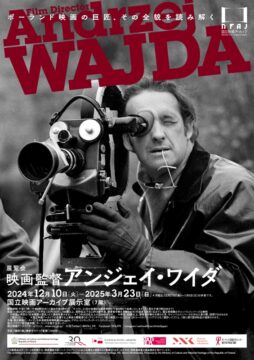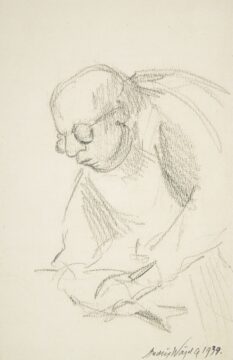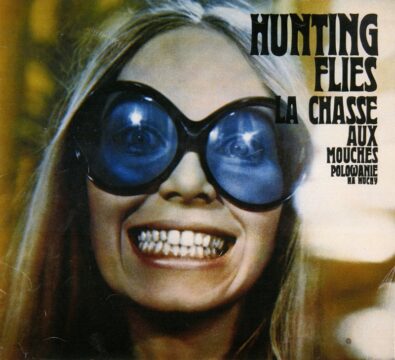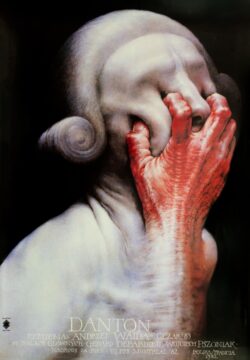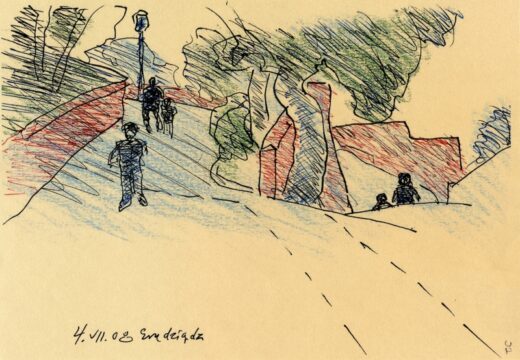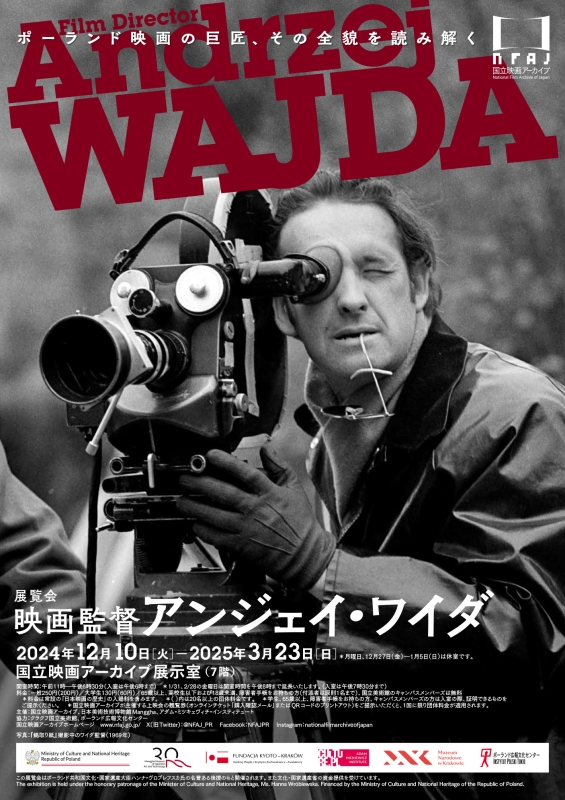
Andrzej Wajda (1926-2016) was a master director who, as a young leading director of the "Polish School," brought a breath of fresh air to the world of cinema with films such as "Kanal" (1957) and "Ashes and Diamonds" (1958), and later produced "Man of Marble" (1977) and "Man of Iron" ( 1981) in protest against the socialist regime of the time. He also became an eloquent narrator of Poland's harsh history and built magnificent narrative worlds by frequently adapting masterpieces of Polish literature.
This exhibition, which was first held at the National Museum in Krakow in 2019 and was organized by local experts to cover Wajda's 60-year-plus career, is the first to tour overseas . The exhibition adds a unique chapter showcasing the deep ties Wajda built with Japan, providing a three-dimensional introduction to his image as an artist and the world of his works.
Attractions
- A large-scale retrospective held with the full cooperation of various institutions in Poland A large-scale retrospective of director Wajda, held in Poland in 2019, will be coming to Tokyo for the first time on its overseas tour with the full cooperation of various institutions in Poland. While retaining the same content that brings together valuable materials, mainly from the collection of the Manggha Museum of Japanese Art and Technology in Krakow, the Tokyo exhibition will also add a unique perspective that focuses on the deep ties the director has cultivated with Japan throughout his life, looking back on the director's achievements with approximately 190 exhibits.
- A multifaceted exhibition that goes beyond just displaying actual materials. The exhibition will not only display a wide range of actual materials, such as sketches by the director himself, who graduated from art school and is blessed with a talent for painting, film festival trophies, and even costumes worn in the films, but will also use a variety of exhibition methods, including video projection and digital exhibits, to present a three-dimensional view of the world of his works.
- Special screenings linked to the exhibition will be held during the event . A special screening of the same title will be held at the beginning of the event from December 10th (Tuesday) to 26th (Saturday). The lineup of 14 films is not to be missed, including films never released in Japanese theaters, as well as screenings of 35mm prints from the former collection of Iwanami Hall, which closed in 2022.
Exhibition Structure
Chapter 1
Children's Myths / Mity dziecięce
The exhibition will explore the longing for 19th century Poland that shaped Wajda's spirit as a boy and was also expressed in his films.
Related works: The Story of Pan Tadeusz (1999)
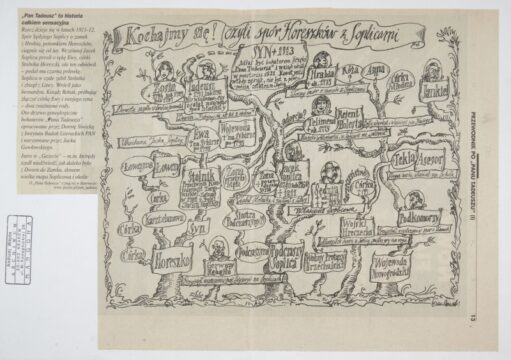
Character relationship diagram from "The Story of Pan Tadeusz" (1999) Courtesy of the Manggha Museum of Art and Technology
Chapter 2 Hell
We will look back at how Wajda portrayed the Polish people who resisted Nazi rule in desperate circumstances, using his works including "Ashes and Diamonds," known as one of the "Resistance Trilogy."
Related works: Ashes and Diamonds (1958), Katyn (2007), and others

Ashes and Diamonds (1958) Jacket worn by Zbigniew Cybulski in the film, Wroclaw Audiovisual Technical Centre
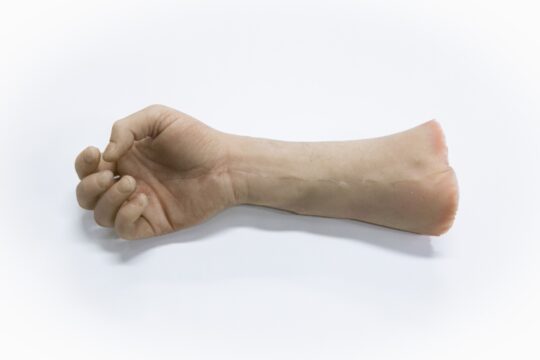
Arm prop used in the massacre scene in "Katyn" (1939) – Housed at the Manggha Museum of Art and Technology, Japan
Chapter 3 New Wave / Nowa Fala
As a leader of the "Polish School" that was part of the "New Wave" that revolutionized world cinema from the late 1950s onwards, Wajda furthered the innovation of film.
Related works: At the End of the Night (1960), Flypaper (1969), and others
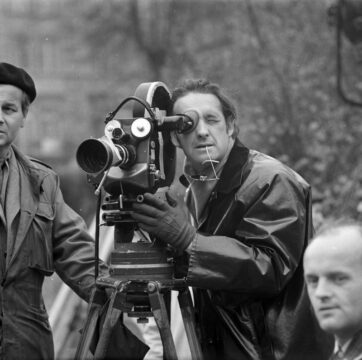
Andrzej Wajda during the filming of "Flypaper" (1969) Collection of the Manggha Museum of Art and Technology
Chapter 4 Revolution Revolution / Rewolucja
Wajda consistently worked alongside the workers' "solidarity" and played a part in changing the system.
Related works: Man of Marble (1977), Man of Iron (1981), Danton (1983), and others
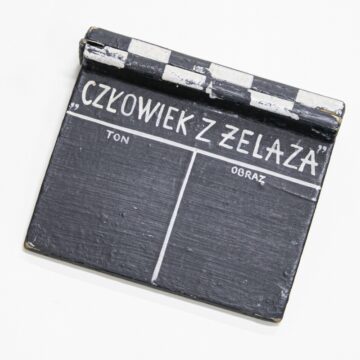
Clapperboard used in the filming of "Man of Iron" (1981) – owned by the Manggha Museum of Art and Technology
Chapter 5 (Im)mortality / (Nie)śmiertelność
This film explores another side of Wajda's films: the tranquility and nostalgia found in literary films.
Related works: "Birch Grove" (1970), "The Girls of Vilko" (1979), "Iris" (2009), and others.
Chapter 6 Japan / Japonia
This exhibition focuses on Wajda's love of Japanese art and culture, and the deep connection between him and Japan, which sincerely introduced Wajda's films.
Exhibits: Iwanami Hall related materials, theater materials, materials for "Nastasya" (stage play 1988/film 1994), etc.
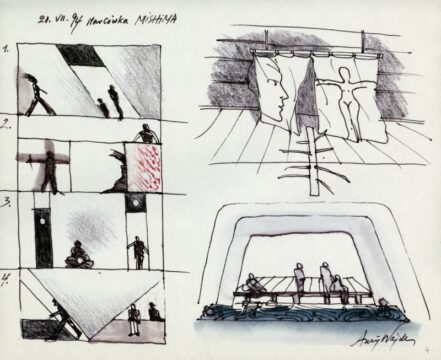
Stage set sketch by Wajda for the play "Mishima" (1994) – Collection of the Manggha Museum of Japanese Art and Technology
Related Screening Projects <br /> We will be holding screening projects related to this exhibition.
Screening project "Film director Andrzej Wajda"
Date: December 10th (Tuesday) – December 26th (Thursday), 2024
Venue: National Film Archive Nagase Memorial Hall OZU (2nd floor)
URL: https://www.nfaj.go.jp/exhibition/film-director-andrzej-wajda202412/
Talk Events <br /> We will hold gallery talks with invited guests and explanations of the exhibits by museum researchers.
Date: Saturday, December 14, 2024
Speaker: Rafał Siska (Exhibition curator, Associate Professor at the Institute of Audiovisual Studies, Jagiellonian University)
Location: Exhibition Lobby (7th floor)
*More details will be announced on our website at a later date.
Event Outline
Project name: Film Director Andrzej Wajda
Organized by: National Film Archive of Japan, Manggha Museum of Japanese Art and Technology, Adam Mickiewicz Institute
In cooperation with the National Museum in Krakow and the Polish Information and Cultural Centre
Date : December 10, 2024 [Tue] – March 23, 2025 [Sun]
Closed : Mondays and December 27th (Friday) – January 5th (Sunday)
Opening hours : 11:00am – 6:30pm (entry until 6:00pm)
*Opening hours will be extended until 8:00 p.m. on Fridays, January 31st and February 28th. (Entry until 7:30 p.m.)
Venue: National Film Archive Exhibition Room (7th floor)
Access : From Kyobashi Station on the Tokyo Metro Ginza Line, walk 1 minute from Exit 1 towards Showa Dori. From Takaracho Station on the Toei Subway Asakusa Line, walk 1 minute from Exit A4 towards Chuo Dori. From Ginza-itchome Station on the Tokyo Metro Yurakucho Line, walk 5 minutes from Exit 7.
Get off at JR Tokyo Station, 10 minutes walk from Yaesu South Exit
Fee
Adults 250 yen (200 yen) / University students 130 yen (60 yen) / Free for those aged 65 or older, high school students and younger, those under 18, those with a disability certificate (up to one accompanying person in principle), and National Film Archive of Japan Campus Members *Price includes admission to the permanent exhibition "History of Japanese Film."
*Prices in parentheses are for groups of 20 or more.
*Students, people aged 65 or over, people with disabilities, and campus members must show proof of disability when entering.
*If you present a ticket for a screening hosted by the National Film Archive of Japan (online ticket "purchase confirmation email" or QR code printout), the group rate will be applied only once.
Inquiries: 050-5541-8600 (Hello Dial)
HP: https://www.nfaj.go.jp/exhibition/andrzejwajda2024/
[Agency for Cultural Affairs] Press Release
<Past related articles>
[National Film Archive] Announcement of the exhibition "50 Years After the Death of Film Director Tomotaka Tasaka"
